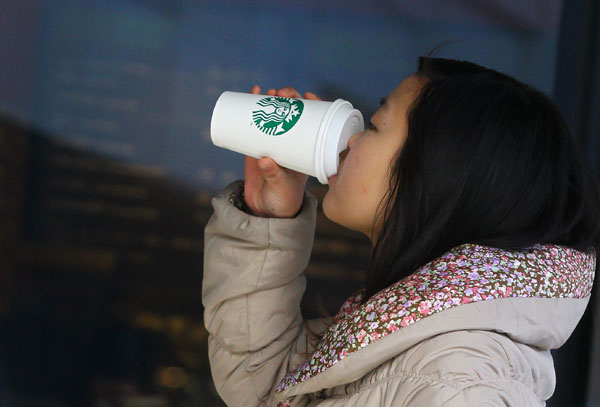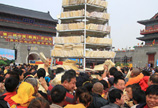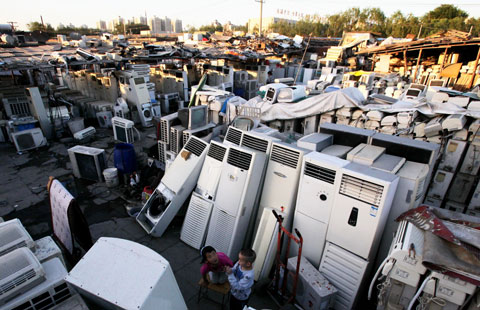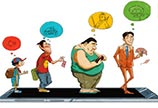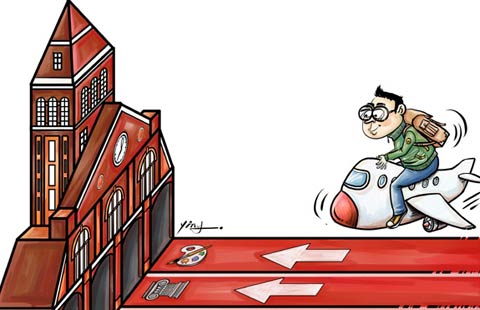No coffee mourning over expensive drinks
By Gao Changxin and Wang Jingshu (China Daily) Updated: 2012-02-09 10:37It also raised prices recently in the US Northeast and Sunbelt, by an average of about 1 percent. In New York, a 12-ounce latte now sells for $2.85 and plain brewed coffee was $1.65. The price of a 16-ounce, "grande" cup of coffee is unchanged at $2.20 plus 20 cents in local tax.
But Chinese consumers, who traditionally drink tea and have little taste for coffee, seem not to mind paying a relatively higher price. They have become one of the engines of growth for Starbucks.
The company has become so popular in China that it opened its 500th store in October, in Beijing, and plans to triple the number by 2015. Globally, Starbucks had 17,003 stores in 58 countries as of Oct 2.
In China, it's expanding not just in the big and rich areas but also in so-called second-tier cities, where consumers have much less disposable income. In December, Starbucks announced it had entered five more Chinese cities, including Langfang in Hebei province, which can hardly be rated as second-tier. Annual per-capita GDP is just above $3,000.
Positioning move
Operating costs in China are much lower than in the US. So why do Starbucks and other American companies price their food and beverages higher in China? Two professors from Long Island University in New York offer explanations.
"From the marketing perspective, the price-setting reflects how the brand positions itself in the market," said T. Steven Chang, chair and professor of marketing and international business. "Therefore, cost is not the only factor considered by the company.
"Starbucks actually is selling their whole package, including the symbol of good taste and prestige, the Westernized atmosphere they created in each retail store, and high-quality coffee and food."
Thomas C. Webster, a professor of public administration and public economics, said, "Usually prices are set based on the conditions of the specific market. In the case of China, the market is probably not saturated with competitors, so if people want designer coffee - which many regard as a status symbol - they are willing to pay the higher price.
"If Starbucks starts making large profits," Webster said, "then you will see other competitors enter the market and that will drive the price down."
- Seven villagers murdered in N China
- China steps up tobacco control efforts
- Five jailed for separatism in Xinjiang
- Letter asks for leniency in poisoning case
- Antibiotics in surface water pose 'indirect health risk'
- Tianjin airport opens up transit link to Beijing
- High levels of antibiotics in China's major rivers
- China to dig tunnel for Asian rail system
- Bering strait line to US possible, experts say
- China: Stop oil rig harassment
